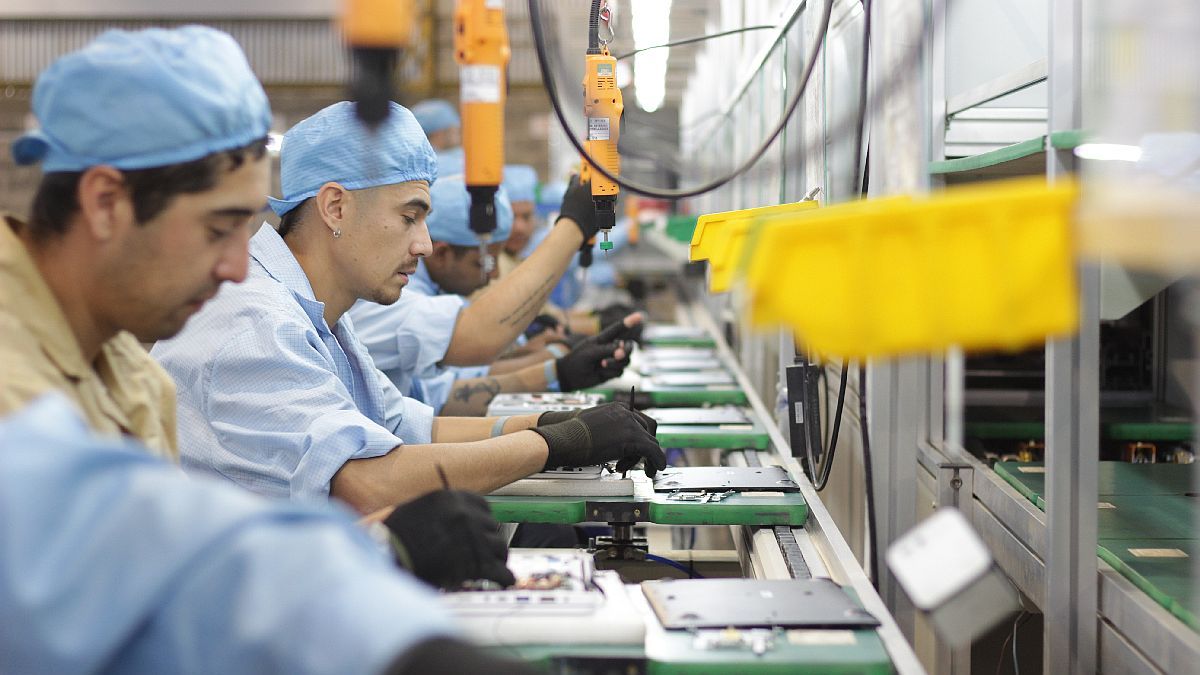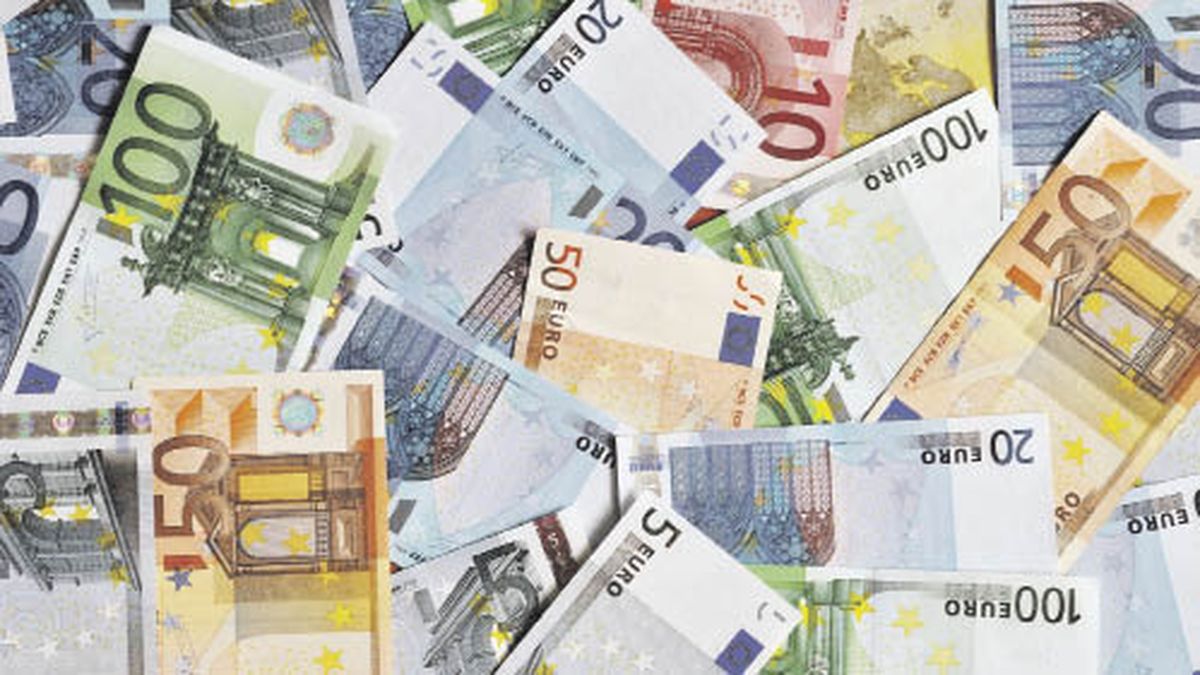The first correction of the dollar commanded by the Minister of Economy Luis Caputo It had a correlation in the accommodation of relative prices – at least initially – and a higher level of collection. Not so in the promotion of industrial competitiveness: A report shows that this last indicator is at levels lowest since December 2015.
The data comes from a document from the Cultural Center of Cooperation and generates red lights within the industrial sector: the devaluation that boosted the official exchange rate from $360 to $800 reduced workers’ compensation in real terms but, at the same time, it should also have improved the profits of the industries and their export competitiveness.
However, faced with an economy with inertial characteristics, combined with growing indexation mechanisms, the increase in industrial products was greater than averagewhich swept away the effects of the devaluation in terms of competitiveness.
The CCC report measures the data through the following conclusion: Industrial competitiveness will reach the lowest values since December 2015. This is clear after registering that the Industrial Multilateral Real Exchange Rate Index (ITCRM) of exports is noticeably more appreciated than the general ITCRM.
WhatsApp Image 2024-02-09 at 19.54.41.jpeg
Multilateral Real Exchange Rate Index (ITCRM) for industrial exports.
A devaluation that overdrawn the chain’s prices
According to the authors, Anahi Rampinini and Lisandro Mondino, This is explained by the evolution of wholesale prices of certain sectors above the general level: electrical machines and appliances; chemical products; rubber and plastic; paper; automotive; metallic and non-metallic mineral products. “These are items with a high participation of imported products and products known as diffused inputs,” they detail to this medium.
Furthermore, if this inflationary pace continues, the agency’s projections reveal that industrial competitiveness “will get worse quickly”, casting doubt on the government’s exchange rate scheme.
The BCRA expectations survey (REM) estimates a CPI of 21.9% corresponding to last month. As for the dollar, futures market quotes continue to discount an acceleration. During this week Caputo searched align expectations arguing that the real exchange rate will soon be 17% above the dollar when it came out of the stocks in 2015, which is why another devaluation would not be necessary in the short term.
How to put the Argentine industry to play in the first league
If inflation slows, could competitiveness regain its place? For Rampinini, an economist participating in the report, “it could recover with a new devaluation,” but it will again have “a temporary and short effect” since this is “one of the main causes of inflation in our economy.”
Regarding how to ensure that the industrial sector acquires tools that allow it to position itself in global competition, for the specialist “it is not about tying the form to the devaluation of the exchange rate”, rather “generating changes in the productive structure concentrated and foreignizedin the production of intermediate inputs and in the marketing links.”
Due to the structural characteristics of the Argentine industry, especially with the level of inflation, ““It is difficult to achieve competitiveness that lasts over time.”. However, the deterioration of such quality “puts at risk exports that generate added value and generate more employment” and imports appear as a predominantly attractive element.
For the SME entrepreneur within the energy sector, Sergio Echebarrena, the exchange rate is “just one aspect” of an export promotion plan, which should be long-term. “Except very specific cases, We do not set international pricesthere is little degree of freedom,” he explains.
Dollarized inflation and rise in withholdings: enemies of development
At the same time, he recognizes that “already we have inflation in dollars in many products”, to which is added that much of what is exported requires imported inputs, which have become more expensive after the increase in the COUNTRY tax to 17.5% – and the official intention to increase export duties to 15% in the industry, an initiative that was removed, at least for the moment.
Regarding the latter, the CCC report takes a decisive position: “the increase in export duties, originally proposed in the withdrawn fiscal chapter of the so-called omnibus law, would have had a devastating impact in the Industrial Export ITCRM”.
Source: Ambito




